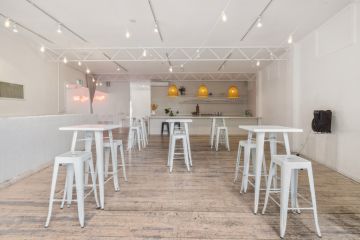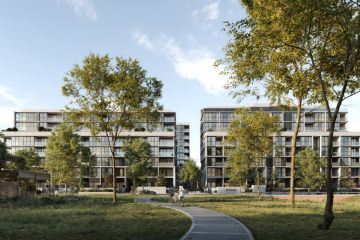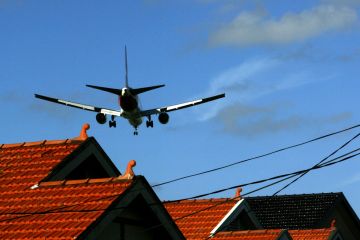Perth rents re-accelerate with city trapped in vicious circle
Perth’s rental market has re-accelerated, with a diabolically low vacancy rate of 0.4 per cent driving tough competition and record high rents only worsened by an unfortunate supply-demand feedback loop – but some bargains remain.
Domain’s latest Rent Report shows while rents continue to rise in many areas, house rental price growth has plateaued, with Perth recording its slowest March quarter growth in several years.
The median rental asking price for a house rose 3 per cent, or $20 a week to $690 in the March quarter, soaring past Melbourne ($580/week), Adelaide ($620/week) and Brisbane ($650/week).
Perth is now the third-most expensive capital city to rent a unit in at $600 per week, behind only Sydney ($725) and Brisbane ($615).
Domain chief of research and economics Nicola Powell said the west was still very much a landlord’s market but despite this rebound, momentum was clearly softening.
“The quarterly increase was just two-thirds the pace recorded in the same quarter last year and marks the weakest March quarter in five years,” she said.
“Annual gains have also continued to lose steam, easing to their lowest level in almost five years and roughly just one-third of the rate last year.”
Powell said the 0.4 per cent vacancy rate in March made Perth the most competitive capital city for tenants, alongside Adelaide and Hobart.
“While conditions remain firmly in favour of landlords, the vacancy rate was the highest recorded for a March month since 2023, hinting at a subtle shift in rental market dynamics,” she said.
REIWA president Suzanne Brown said while there continued to be monthly movement the rate of annual price growth had declined significantly.
“With population growth slowing, marginally easing the demand for rental property, we can expect this to continue,” she said.
“To build more housing … we need more construction workers. But those additional workers need places to live themselves.”
Nerida Conisbee, Ray White
“I remind investors and tenants that conditions vary from suburb to suburb.
“Competition for properties in some suburbs is still high and these areas continue to record moderate rent price growth while other areas have seen their median weekly rent price decline over the year.”
According to CoreLogic, the suburbs that saw an annual decline in their median weekly house rent were Glendalough (down 4.8 per cent to $600), Silver Sands (down 2.7 per cent to $550), Murdoch (down 2.1 per cent to $685), Shelley (down 1.7 per cent to $738) and West Leederville (down 0.6 per cent to $800).
The suburbs that saw the most growth in their median weekly house rent price across the year were Churchlands (up 54.9 per cent to $1100), Ferndale (up 29.2 per cent to $685) and Kalamunda (up 27.3 per cent to $700).
A dozen Perth postcodes by the beach now fetch a median weekly rent exceeding $1000 led by Dalkeith ($1375) and followed closely by City Beach ($1300), Mount Claremont ($1298) and Swanbourne ($1250).
There were 2126 properties available for rent at the end of March, 5.4 per cent higher than February and 14.9 per cent higher than the same time last year.
Ray White group chief economist Nerida Conisbee said controlling rental growth was one of the most persistent challenges facing policymakers and housing markets because unlike other economic indicators that responded predictably to policy, rental prices were influenced by a range of factors that often worked against each other.
“This challenge can often be a simple supply-demand contradiction: to build more housing (and thus reduce rents), we need more construction workers,” she said.
“But those additional workers need places to live themselves while they’re building the new homes.
“This creates a temporary increase in rental demand, potentially driving up the very rents we’re trying to reduce. It’s a cycle that makes housing markets particularly difficult to stabilise quickly.”
We recommend
We thought you might like
States
Capital Cities
Capital Cities - Rentals
Popular Areas
Allhomes
More










